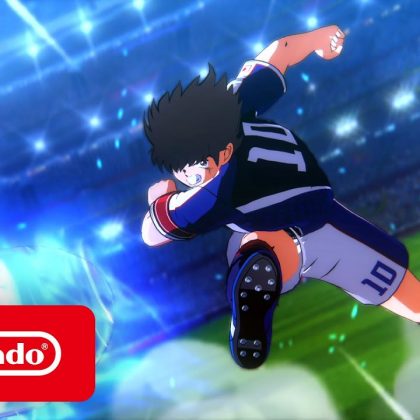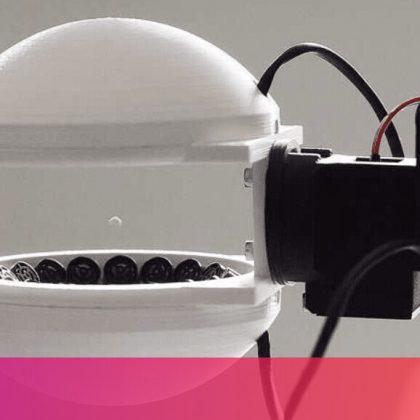SUPER Introduction & Cards UsedSo here I am just finished re-testing all of my graphics cards under the new drivers for the GeForce RTX 2060/2070 SUPER graphics cards as well as the new Radeon RX 5700 series cards, in all of my synthetic and gaming tests at 1080p, 1440p, 4K when I think of testing SUPER in NVLink. I’ve been sitting at my desk for 16-20 hours a day benchmarking, testing, reading, and writing for all of this content that started with SUPER, will go into Navi in a couple of days, and then there is a mountain of content that I have in the works after that.
As I said, I’m sitting here benching and writing when the thought comes to me: ‘Anthony, you have TWO new GeForce RTX 2070 SUPER cards… and they support NVLink… why are you not testing them?’ It was like a slap to my face, how could I have NOT tested these bad boys in multi-GPU?! It’s almost offensive to not have tested them in my lab already, so away I went – grabbed my NVLink bridge and hooked up the two RTX 2070 SUPER cards I have here already.
Back in 2000s some of you will know I worked in IT retail selling custom PCs and computer parts, and back in those days I would sometimes (and not always) recommend multi-GPU setups. It was a different time for multi-GPU back then, and things haven’t gotten better — instead, it’s worse. This article isn’t acting as me recommending anyone buy two RTX 2070 SUPER graphics cards and throw them in NVLink, but more of a “I have two cards here and want to show you what they can do because WHY NOT”.
Just like any multi-GPU article there are caveats:
- Don’t expect all games to have great scaling (especially at 1080p)
- Don’t expect all games to work with multiple graphics cards
- Synthetic tests kick ass to show you the CAPABILITIES, but do not translate into real-world gaming
- 4K in the right game, makes GREAT use of two RTX 2070 SUPER cards
Read More





